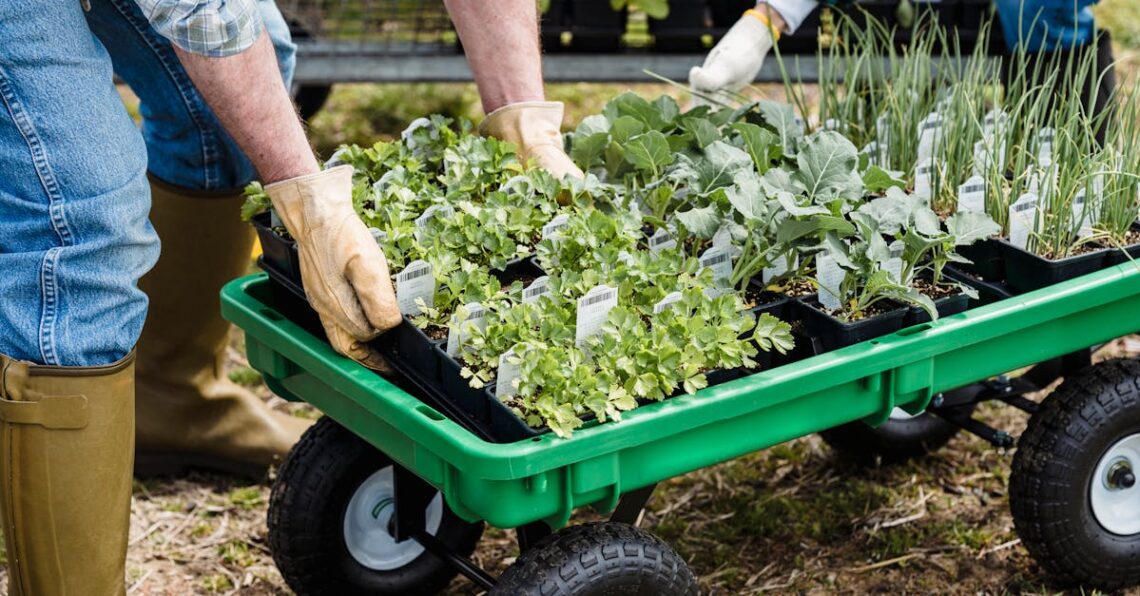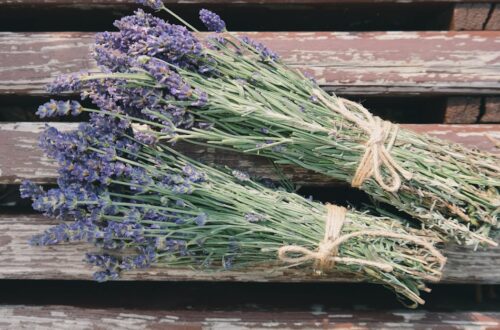For novice and seasoned gardeners alike, planting vegetables from seed can be a rewarding experience. The benefits are plentiful, from saving money to experiencing the joy of watching seeds transform into fresh produce. Understanding which are the easiest vegetables to grow from seed will help you maximize your garden’s productivity and enjoyment. In this guide, we will explore a selection of vegetables that thrive when started from seed, along with practical tips for ensuring a robust harvest.
Top Easiest Vegetables to Grow from Seed
Growing vegetables from seed is a rewarding experience, especially when you choose the easiest ones. Radishes sprout quickly, often within a week, making them perfect for beginners. Lettuce is another great choice, thriving in cooler weather and providing a continuous harvest. Peas, with their climbing habit, are engaging to grow. Beans are forgiving and yield abundant crops. Carrots take some patience but are worth the wait for their sweet crunch. Spinach grows rapidly and is a nutrient powerhouse. Lastly, kale is resilient and perfect for any garden. Each of these options not only provides delicious produce but also builds your gardening skills. Ready to dig in?
1. Radishes
Radishes are among the fastest-growing vegetables. Perfect for impatient gardeners, they can be harvested in as little as 25 days.
2. Lettuce
Lettuce is incredibly versatile and can be sown in spring or fall, providing fresh greens throughout the growing season.
3. Peas
Peas are easy to grow and add nitrogen back into the soil, enhancing overall garden health.
4. Beans
Beans come in many varieties, are simple to plant, and typically yield a bountiful harvest.
5. Carrots
Although they take longer to mature, carrots require minimal maintenance and offer terrific flavor.
6. Spinach
Spinach can be grown both in spring and fall, making it a flexible option for gardeners.
7. Kale
Kale is hardy and packed with nutrients, suitable for various climates.

Essential Soil and Planting Tips
To successfully cultivate the easiest vegetables to grow from seed, proper soil preparation is key. Start with loose, nutrient-rich soil, ensuring it’s well-drained to prevent root rot. Add organic matter such as compost to boost fertility and improve soil texture. Additionally, when planting seeds, pay attention to their specific requirements for depth and spacing. Generally, smaller seeds need less depth compared to larger seeds. Lastly, consistent and appropriate watering techniques are crucial. Use a gentle spray to avoid disturbing the seeds, ensuring the soil remains moist but not waterlogged. These fundamental steps will pave the way for a bountiful vegetable garden this season!
Soil Preparation
Begin by enriching your garden soil with compost for better nutrient absorption.
Seed Depth and Spacing
Follow seed packet guidelines for optimal depth and spacing to promote healthy growth.
Watering Techniques
Use a gentle spray to keep seeds moist without flooding them.

Optimal Growing Conditions
To successfully cultivate vegetables from seed, understanding their optimal growing conditions is essential. Most vegetables flourish with at least 6-8 hours of sunlight daily, providing the energy necessary for photosynthesis. Consider starting your garden in a sunny spot or utilizing grow lights if indoors. Each vegetable comes with its own specific needs; for instance, leaf lettuce thrives in cooler temperatures, while tomatoes prefer warmer environments. Ideal growing temperatures range from 65°F to 75°F for most seedlings. It’s crucial to monitor your local climate and select the right varieties that align with these conditions. Doing so increases the chances of gardening success, making it easier to grow even the simplest vegetables.
Sunlight Requirements
Most vegetables require a minimum of 6-8 hours of sunlight to flourish, making it critical to choose the right location.
Temperature and Climate Considerations
Understanding local climate patterns ensures you select varieties suited for your region’s growing season.

Common Gardening Mistakes to Avoid
Avoiding common gardening mistakes is essential for a thriving vegetable garden. Overwatering is a frequent error that can lead to root rot and other detrimental conditions. Proper drainage and monitoring soil moisture levels can save your plants from drowning. Additionally, ignoring pest management makes your crop vulnerable to infestations. Implementing natural pest control measures like companion planting or introducing beneficial insects can protect your plants without harmful chemicals. By addressing these issues, you create a robust environment for even the easiest vegetables to grow from seed. Start your gardening journey with these precautions to reap a bountiful harvest!
Overwatering
Overwatering can lead to devastating root rot, causing your plants to decline. Ensure proper drainage to maintain healthy roots.
Ignoring Pest Management
Neglecting pest management leaves your garden vulnerable. Use natural methods like companion planting to fend off pests effectively.

Harvesting Your Crops
Harvesting your crops at the right time is essential for the best flavor and quality. Generally, you should start monitoring your vegetables as they mature, using guidelines that can vary widely among types. For instance, tomatoes should be plucked when they turn red, while leafy greens can be harvested continually once they reach a desirable size. Performing regular checks can help you determine the optimal harvesting point for your interests. Incorporating the easiest vegetables to grow from seed into your garden will provide a rewarding experience and teach you about timing through practice.
When to Harvest
Timing your harvest is crucial. Most vegetables indicate readiness through visual cues, such as color changes or size. Carrots, for example, can be harvested once they reach at least an inch in diameter, while zucchini is best when picked small and tender.
How to Properly Harvest
Utilize sharp scissors or a knife to cut vegetables, ensuring you do not damage surrounding plants. Always handle the produce gently to prevent bruising and store them properly to maintain freshness.

Tools and Supplies Needed for Success
Success in gardening begins with the right tools and supplies. Essential gardening tools include a trowel for digging, pruning shears for maintaining plants, and a watering can to keep your seeds hydrated. Additionally, having seed trays or pots is crucial for starting your plants indoors. In your quest to identify the easiest vegetables to grow from seed, ensure you have quality seeds on hand, as well as soil that provides good drainage and nutrients. Don’t forget labels to track your varieties and a garden journal to monitor growth. With these tools, you’ll be well-equipped to cultivate a thriving garden that yields delicious vegetables in no time.
Essential Gardening Tools
Core tools like trowels, hoes, and watering cans are vital to planting and maintaining healthy crops.
Supply List for Seed Starting
Gather seed trays, potting soil, and labels to effectively manage your seed starting process.

Additional Resources and References
Growing your own vegetables can be a rewarding experience, particularly when you choose the easiest vegetables to grow from seed. Consider investing in various gardening books like “The Vegetable Gardener’s Bible” for comprehensive guidance on planting and care. Moreover, online gardening forums such as GardenWeb offer a wealth of shared experiences and tips from fellow gardeners, enhancing your knowledge base. Whether you’re a beginner or an experienced gardener, these resources provide invaluable support. Don’t hesitate to explore these references to cultivate your gardening skills further. Happy planting!
Books on Gardening
Look for titles focused on beginner vegetable gardening to get started easily.
Online Gardening Forums
Participate in forums to ask questions and share tips with other gardening enthusiasts.

Conclusion
In conclusion, diving into vegetable gardening can be made easier by selecting the easiest vegetables to grow from seed. By understanding the planting requirements and common pitfalls, you can cultivate a beautiful, bountiful garden that nourishes both you and your family.






